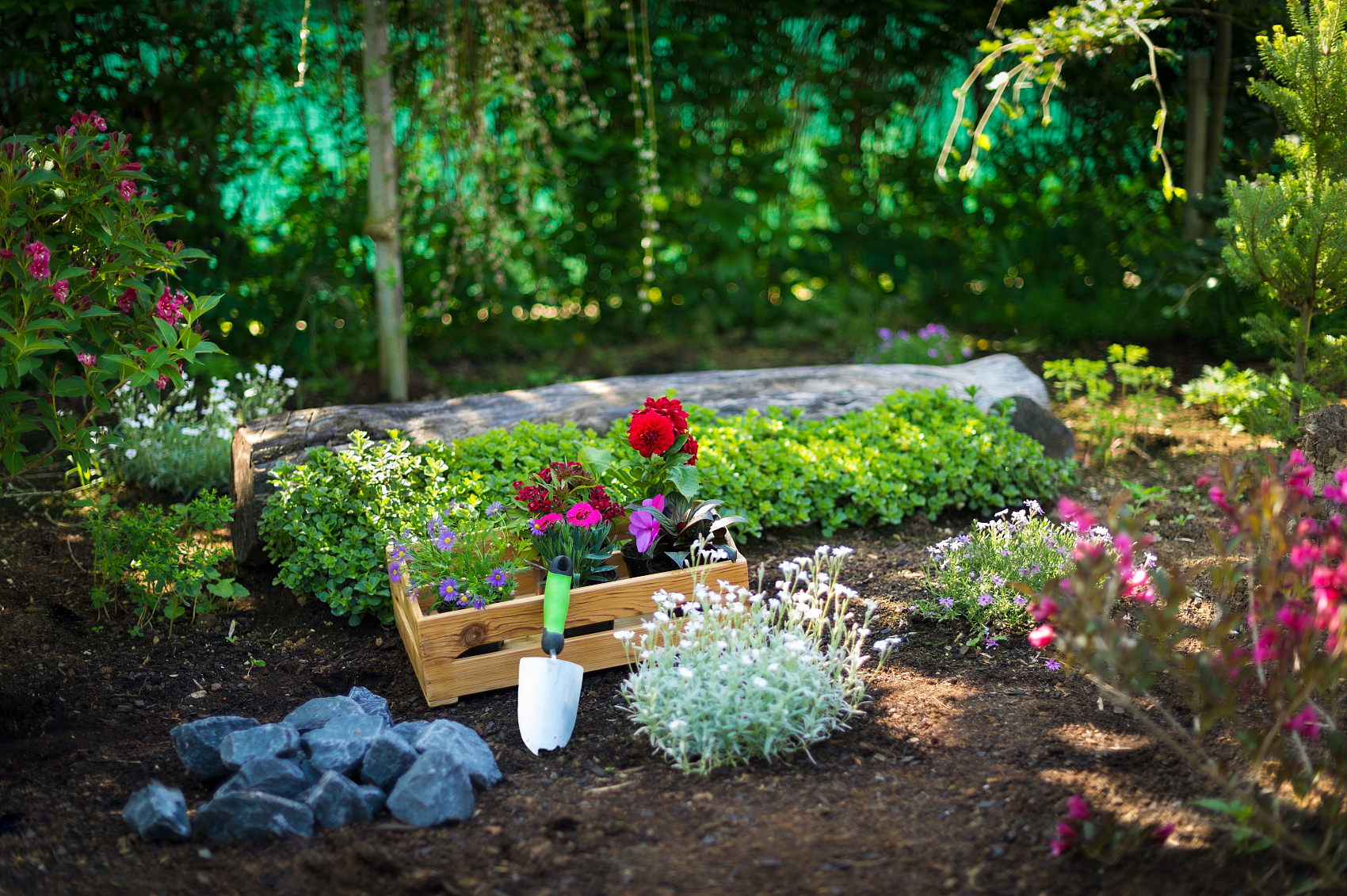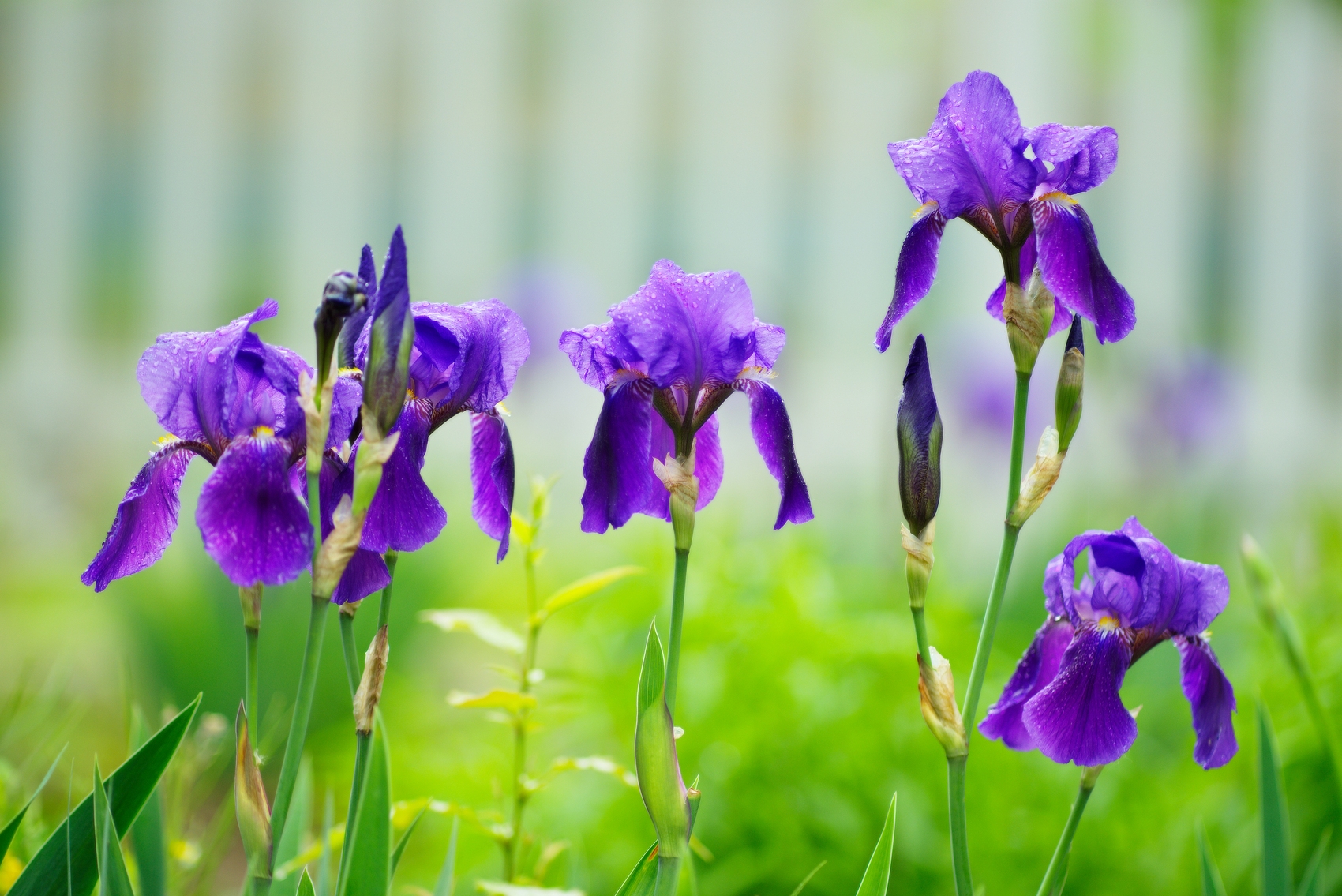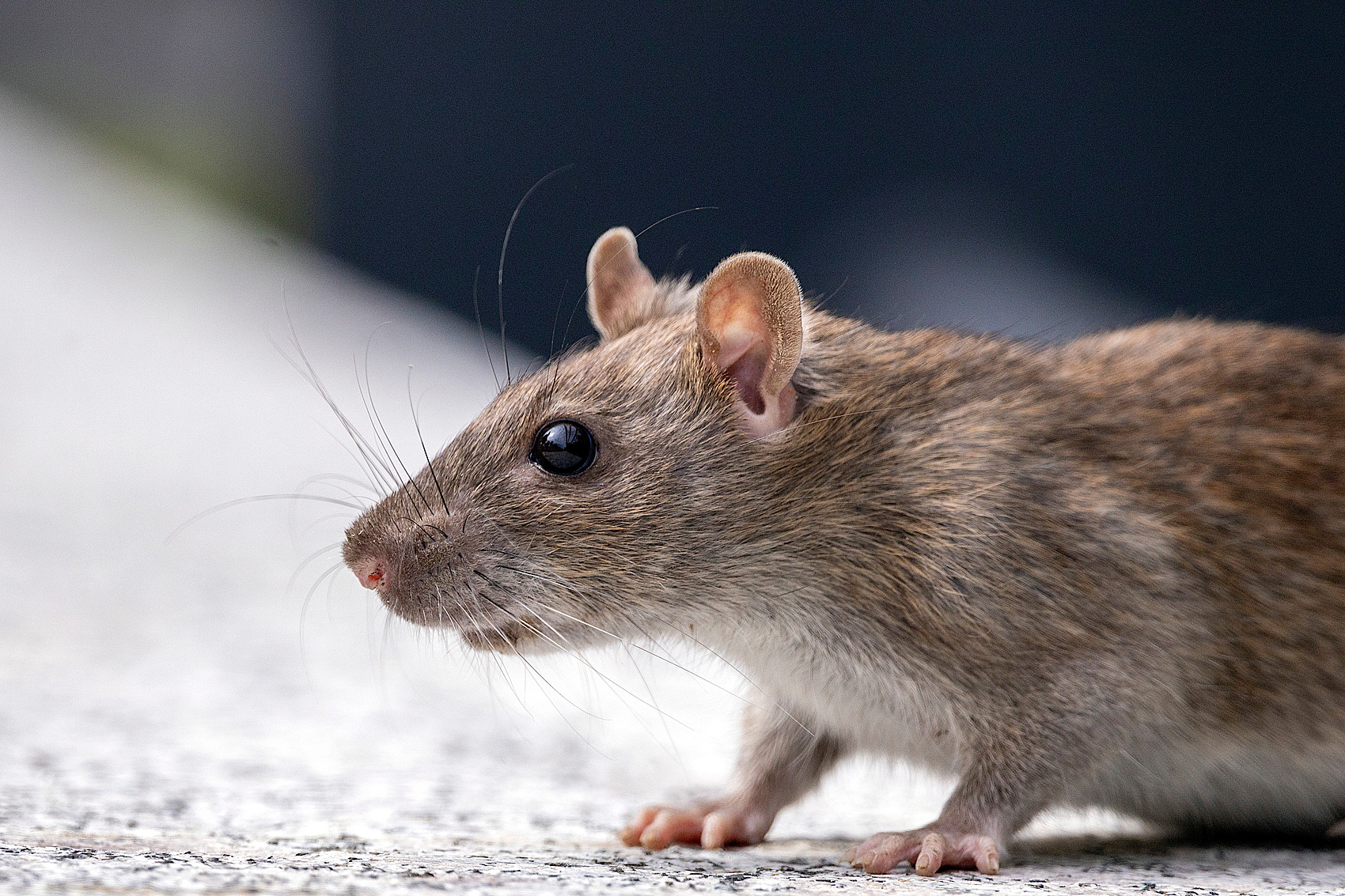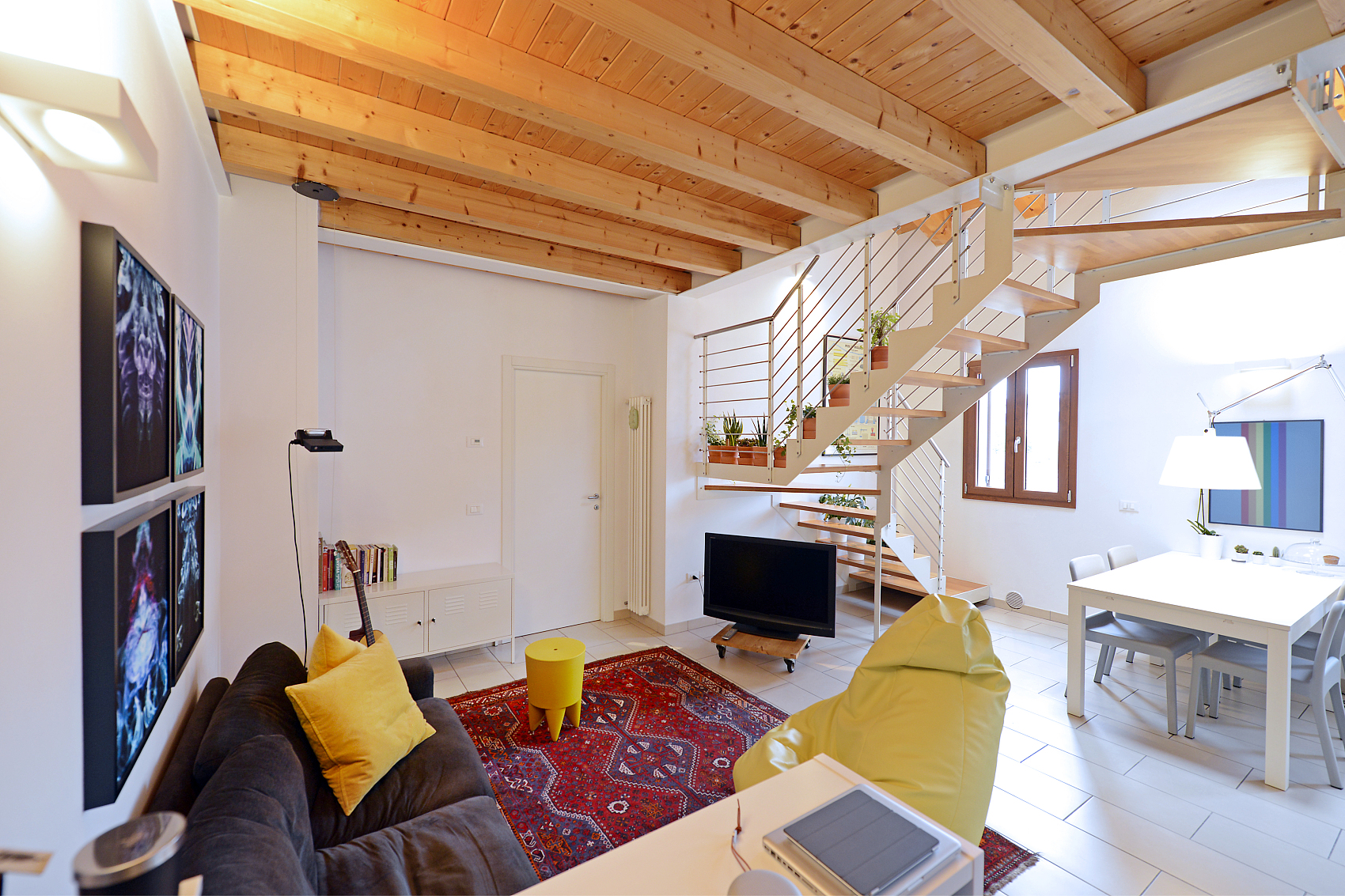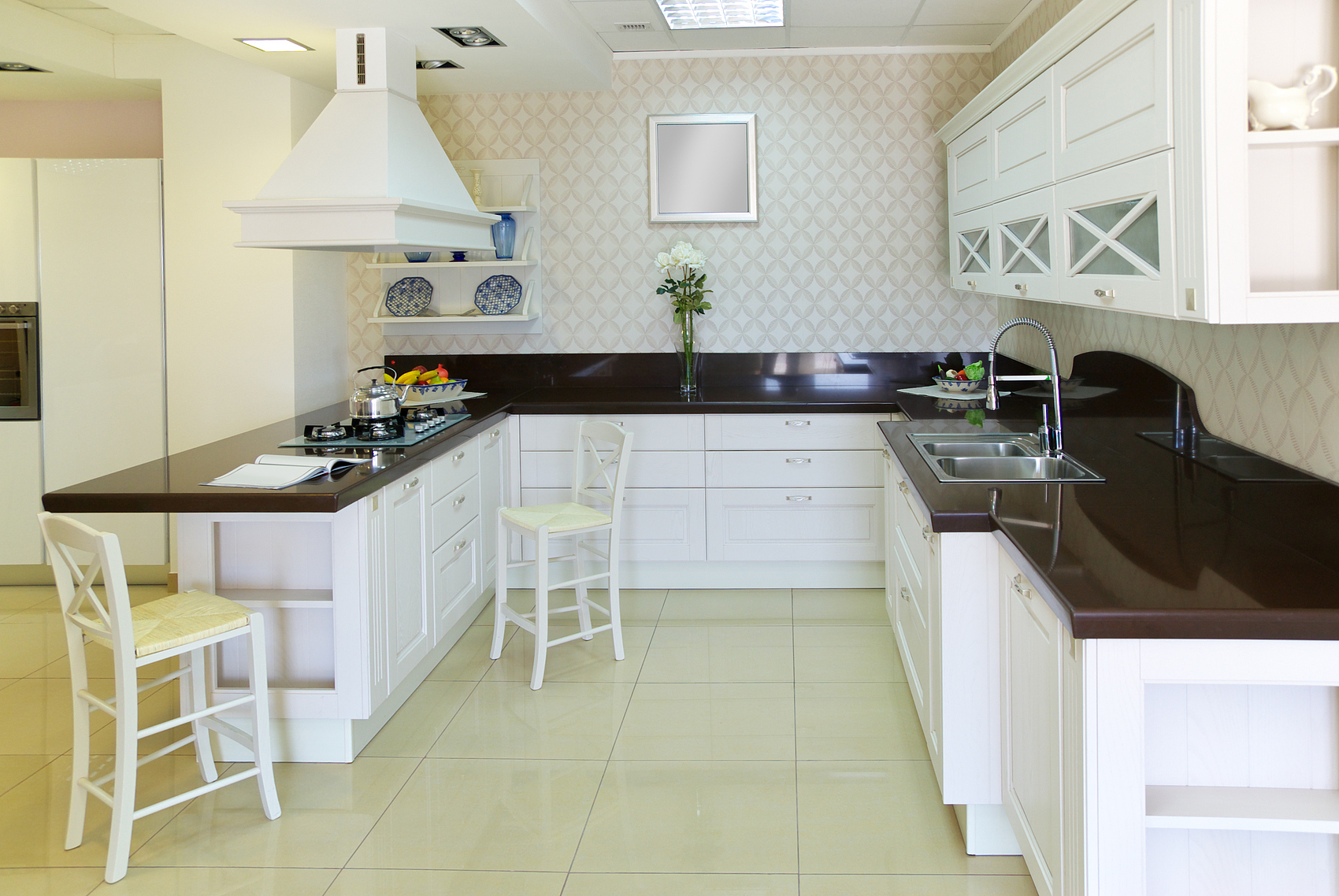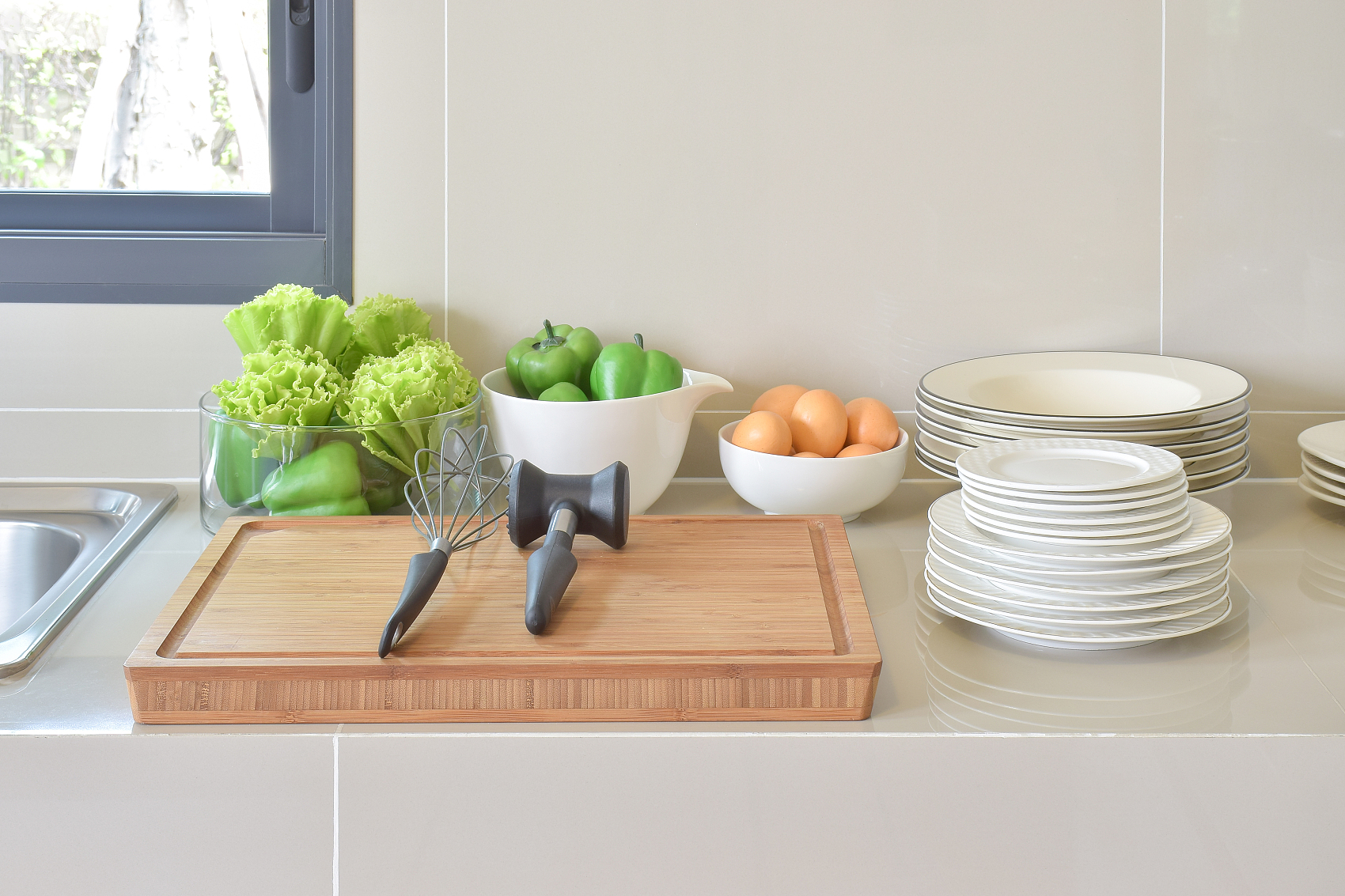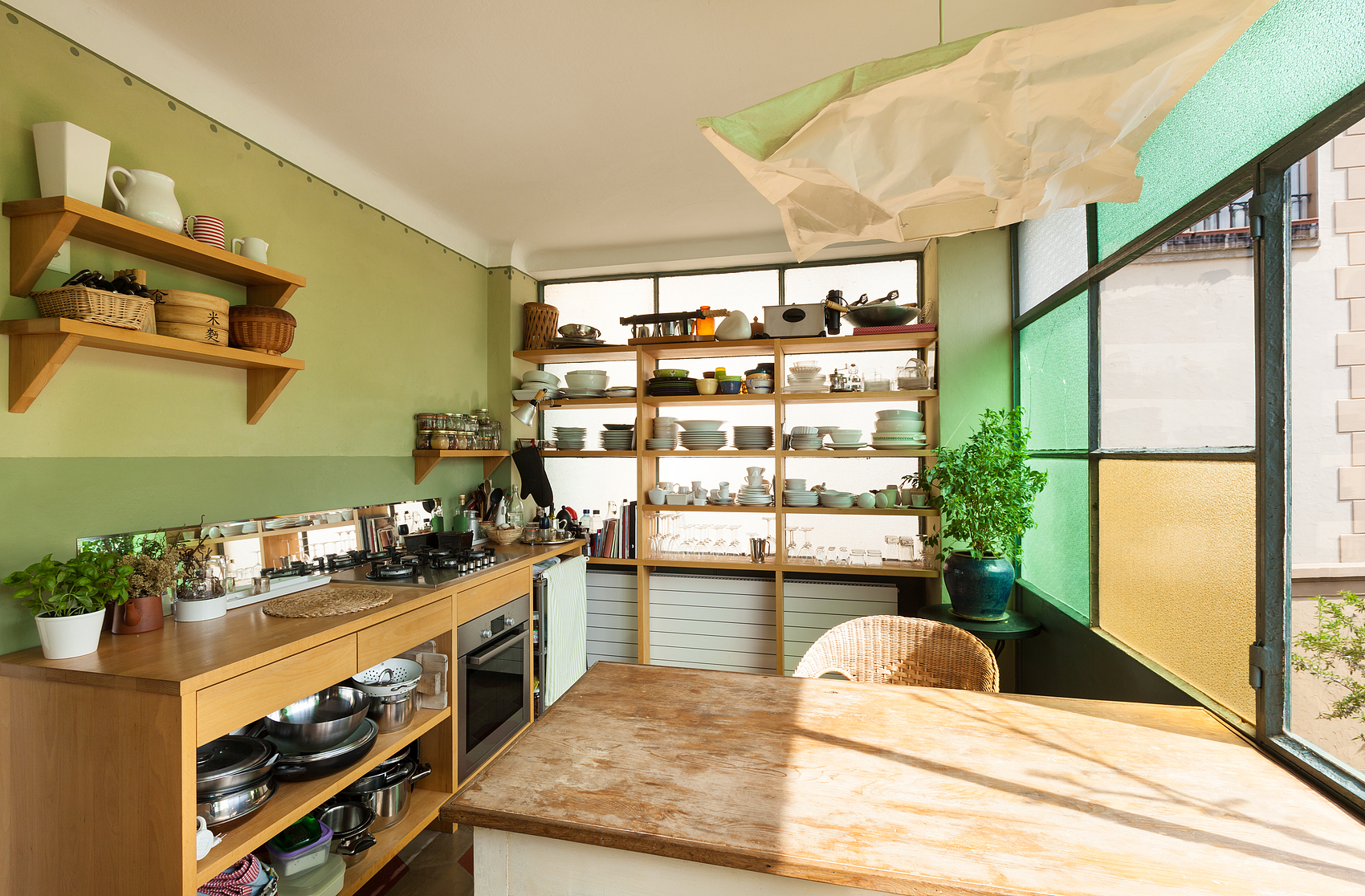Here’s a rephrased version of the article with improved logical flow and a conversational tone:
Star Jasmine: A Beautiful and Fragrant Addition to Your Landscape
Star jasmine, also known as Trachelospermum, is a versatile evergreen vine or ground cover loved for its star-shaped flowers and sweet, gardenia-like fragrance. Despite its name, it isn’t a true jasmine but is related to plants like oleander and periwinkle. This plant blooms from late spring through summer, adding color and scent to your garden.
Native to China, Japan, and Korea, star jasmine has many names, including confederate jasmine, southern jasmine, and Chinese ivy. Its adaptability makes it perfect for arbors, trellises, ground cover, or even container gardening. Plus, it’s low-maintenance and resistant to pests and diseases. Here’s everything you need to know about growing and using star jasmine in your outdoor space.
Star Jasmine Basics
- Botanical Name: Trachelospermum spp.
- Hardiness Zones: 7–11, depending on the variety
- Sunlight Needs: Thrives in full sun but tolerates partial shade
- Size: Grows between 2 to 20 feet tall and wide, depending on growth habit (vertical or ground cover)
- Bloom Time: Mid-spring through late summer
- Foliage: Glossy, dark green or variegated leaves; some varieties show bronze hues in winter
- Flowers: Small, star-shaped blooms in white, yellow, pink, or apricot shades; their fragrance is strongest on warm summer evenings
- Other Traits: Attracts bees, produces long bean-like seed pods, and is deer-resistant
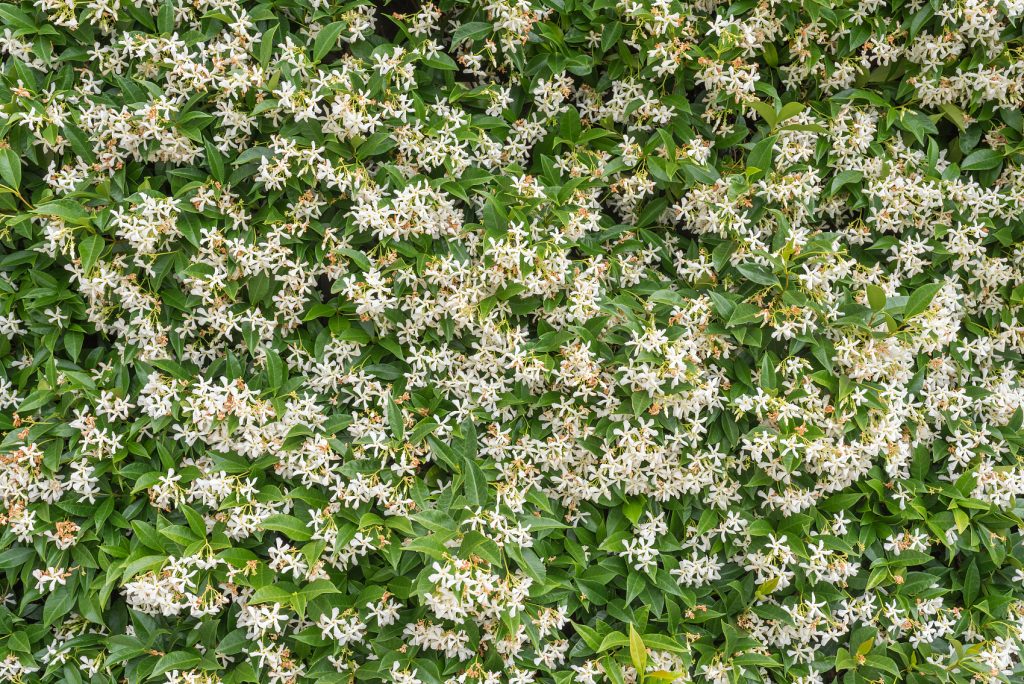
Planting Star Jasmine
When to Plant:
Plant in spring after the last frost.
Where to Plant:
Choose a sunny spot that gets at least six hours of sunlight daily. In hotter climates, protect it from harsh afternoon sun.
How to Plant:
- Loosen the soil and mix in compost for better drainage and nutrients.
- Dig a hole slightly wider and no deeper than the root ball.
- Gently remove the plant from its container and tease out the roots if they’re compacted.
- Place the plant so its crown is slightly above the soil level.
- Backfill with soil, tamp down gently, and water thoroughly.
For ground cover, space plants about 5 feet apart; for vertical growth, leave 3–10 feet between each plant.
Container Planting:
Use a high-quality potting mix in a 3-gallon or larger container.
Caring for Star Jasmine
Soil:
It prefers well-drained, slightly acidic soil (pH 6.0–7.0). Add organic matter to improve drainage and enrich the soil.
Watering:
Water regularly, especially during dry spells, but allow the top inch or two of soil to dry out between watering. Container plants need more frequent watering.
Fertilizing:
Fertilize sparingly. Once the plant is established, apply a balanced, slow-release fertilizer in early spring. Avoid over-fertilizing, as it can lead to excessive foliage with fewer flowers.
Pruning:
Prune after flowering to shape the plant or encourage fuller growth. Avoid pruning in spring, as flowers grow on new stems. Regular trimming may be needed during the growing season.
Propagation:
Take 6-inch cuttings from healthy stems, dip them in rooting hormone, and plant in well-draining soil. Roots should develop within 2–3 weeks.
Pests and Diseases:
Generally pest-free, but occasional issues may include spider mites, scale, or leaf spot.
Star Jasmine in Your Landscape
- Borders and Screens: Train it on trellises or fences for living screens.
- Ground Cover: Use it on slopes to prevent erosion or in courtyards for a lush green carpet.
- Containers: Add it to a patio or deck for fragrance and beauty.
- Arbors and Pergolas: Let it climb for natural shade and floral accents.
- Formal Gardens: Shape it into hedges or espaliers for a polished look.

Common Questions
- Does star jasmine need support? Yes, it’s often grown on trellises but can also sprawl as ground cover.
- Is it winter-hardy? It can survive temperatures as low as 10°F and is perennial in milder zones.
- Is it invasive? While not invasive, its runners can spread quickly, so regular pruning helps keep it in check.
- Is it toxic? It’s non-toxic to humans and pets, though consuming it may cause mild digestive upset.
Star jasmine is an excellent choice for creating a fragrant, low-maintenance garden. Whether you let it climb a trellis, cover a hillside, or decorate a patio, it’s sure to bring charm and beauty to your outdoor space.


